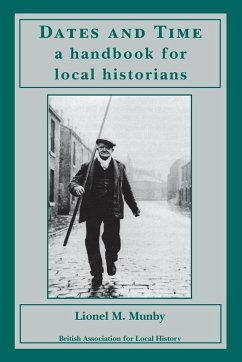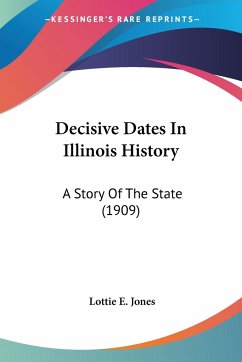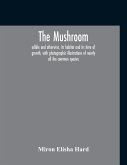The need to establish precise and accurate dates for the creation of documents, maps and other written sources is fundamental to the methodology of local history. We need to be able to place events in their proper order, and therefore must place documents and other sources in a comparable chronological order, and also need to establish the context of an event, a process, a specific source - how does the material or event which we are studying fit into the pattern of time and events in the wider world. The first part of this book discusses issues of the concept of time, and how people in the past have measured it and evolved a variety of dating systems, so that local historians and others can begin to appreciate just what 'time' and 'date' may have meant in the past. It also shows how historians can use older dating methods, such as regnal years, to ascribe dates to documents which they are studying, and elucidates confusing topics such as the date of New Year's Day and the Julian and Gregorian calendars. The second part comprises a series of detailed appendices which tabulate the regnal years, other calendars, saints' days and similar information of importance to local historians.








